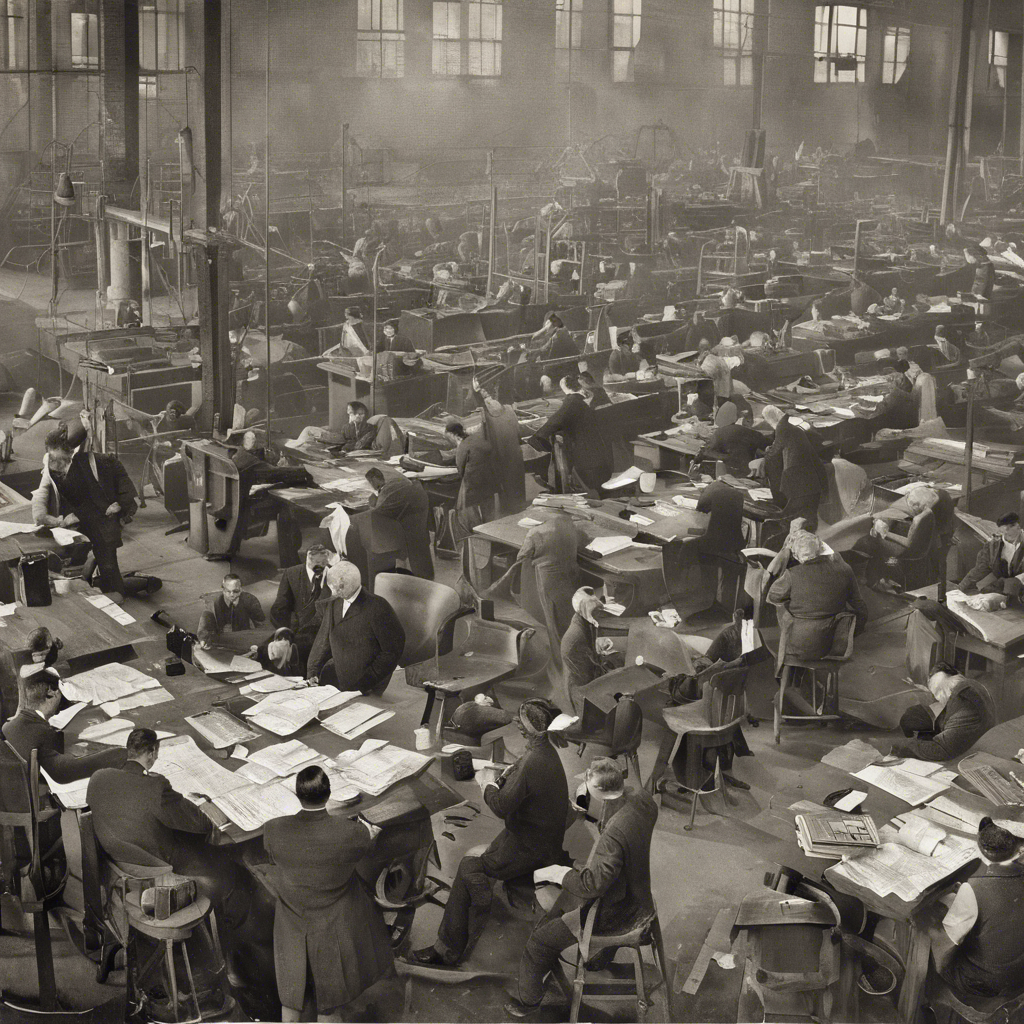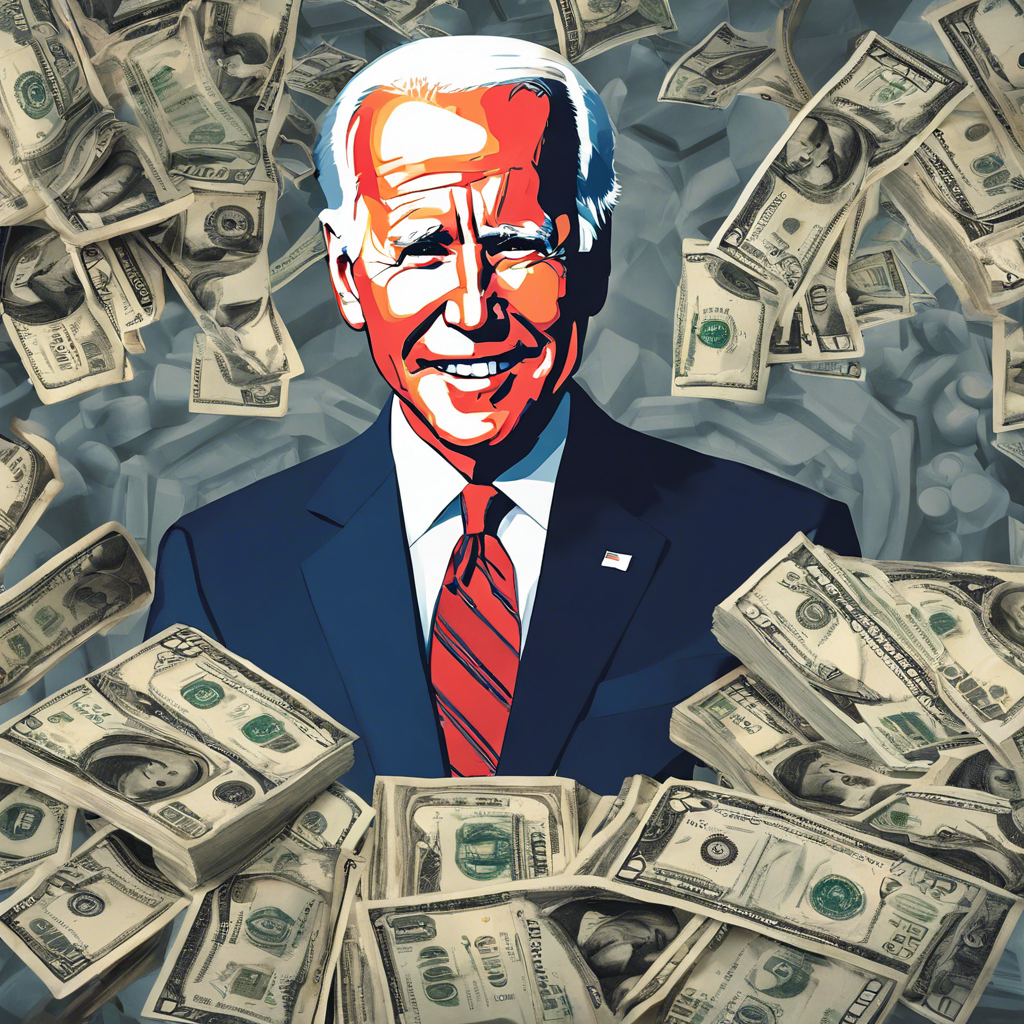The New Economics of Industrial Policy: Understanding and Evaluating Government Intervention

Exploring the Complexities of Industrial Policy and Its Implications for Economic Transformation
The recent surge in industrial policy, exemplified by the economic legislations of the Biden administration, has sparked a renewed interest in understanding the nature and impact of government intervention in economic activity. Industrial policy, which refers to targeted government policies aimed at transforming economic structures to achieve specific public goals, has become a key tool in addressing market failures, coordinating activities, and providing public goods. However, debates surrounding industrial policy often revolve around concerns of information problems and political capture. In this article, we delve into the emerging field of the New Economics of Industrial Policy, which aims to shed light on the complexities of industrial policy and provide insights into its efficacy.
Defining Industrial Policy and its Rationale for Intervention
Industrial policy encompasses a range of government policies that selectively target certain economic activities with the intention of transforming the economy. These policies can include sector-specific support, such as subsidies for steel, automobiles, or semiconductors, as well as interventions in research and development (R&D) and export promotion. The goals of industrial policy have evolved over time, expanding beyond structural transformation and industrialization to include climate goals, job creation, supply chain resilience, and national security.
The economic rationale for industrial policy can be categorized into three main areas. First, market failures, such as positive externalities, justify government intervention when the market fails to provide enough of a positive activity, such as modern manufacturing or green energy. Second, coordination failures occur when a desirable activity is individually profitable only if others are also engaged in it, necessitating government intervention to coordinate efforts. Third, the provision of activity-specific public inputs, which are public goods, requires government support, such as charging infrastructure for electric vehicles. However, skeptics of industrial policy raise concerns about the challenges of information problems and political capture, which can hinder the selection of effective policies and lead to suboptimal outcomes.
The Need for Evaluation and Methodological Challenges
Evaluating the effectiveness of industrial policies presents significant empirical challenges. Distinguishing between rent-seeking governments and technocratic governments that intervene to correct market failures is difficult using observational data alone. Furthermore, the evaluation of randomly allocated industrial policies may overlook the practical challenges associated with implementing these policies in the real world. However, recent research has made progress in addressing these challenges by isolating different layers of treatment and evaluating economic mechanisms and intended outcomes.
Findings on Industrial Policy Efficacy
Recent studies on industrial policy have provided valuable insights into its efficacy across different contexts. Evaluations of episodes resembling textbook cases of infant industry promotion in technological follower countries have shown varying degrees of success in increasing activity in targeted sectors. The South Korean Heavy-Chemical Industry Drive serves as a clear example of a country shifting its comparative advantage through industrial policy tools. Additionally, research on large-scale public R&D efforts during times of national crisis has demonstrated the potential for long-lasting positive effects. Place-based industrial policies have also shown positive outcomes, particularly in lagging and declining regions, by spurring local structural transformation and income gains.
Learning from the East Asian Miracle
The East Asian economic miracle, particularly South Korea’s experience with industrial policy, has been a focal point of debates on the efficacy and desirability of industrial policy. Recent studies have shed light on the growth and export development of targeted industries in South Korea, as well as the long-run welfare gains associated with industrial policy. However, there are concerns about potential misallocation in the economy. Research on China’s industrial policy has also explored the impact of foreign direct investment and the importance of policy design in the shipbuilding sector.
Conclusion:
The emergence of the New Economics of Industrial Policy has provided valuable insights into the complexities and effectiveness of government intervention in economic activity. While challenges remain in evaluating industrial policy, recent research has made significant progress in understanding the economic mechanisms and intended outcomes of these policies. By studying industrial policy, economists can inform policymakers on how to design and implement effective industrial policies that promote economic transformation and achieve public goals. Future research should continue to tackle these challenges and develop models for a comprehensive evaluation of industrial policy.










